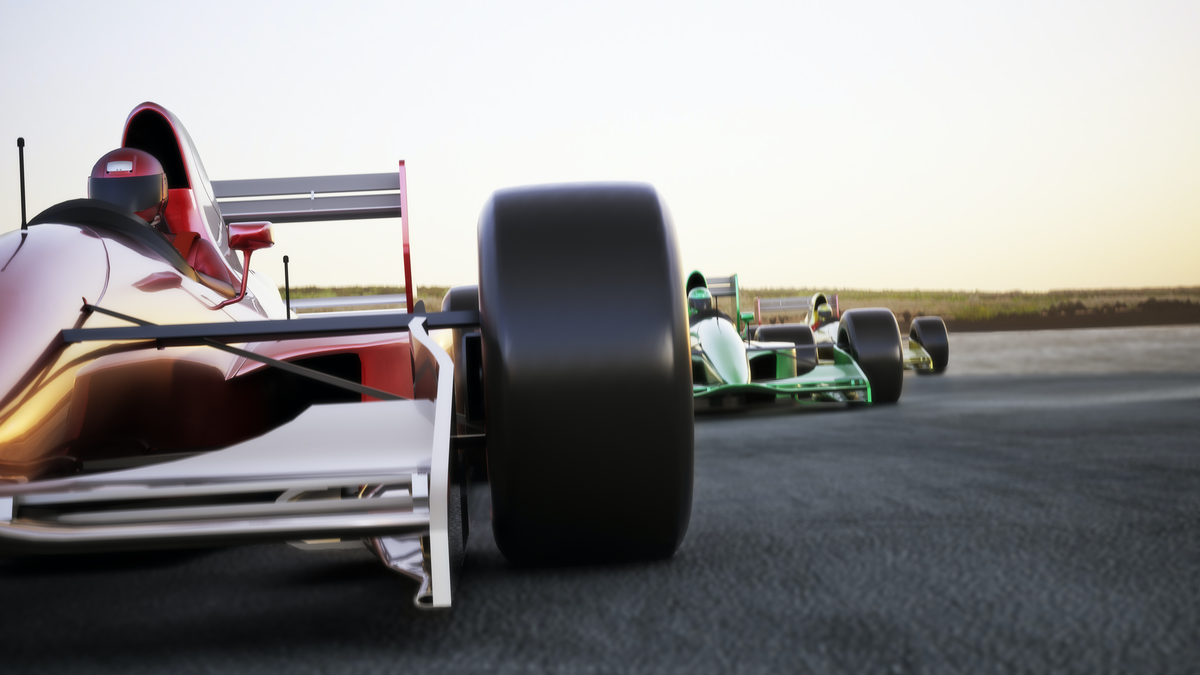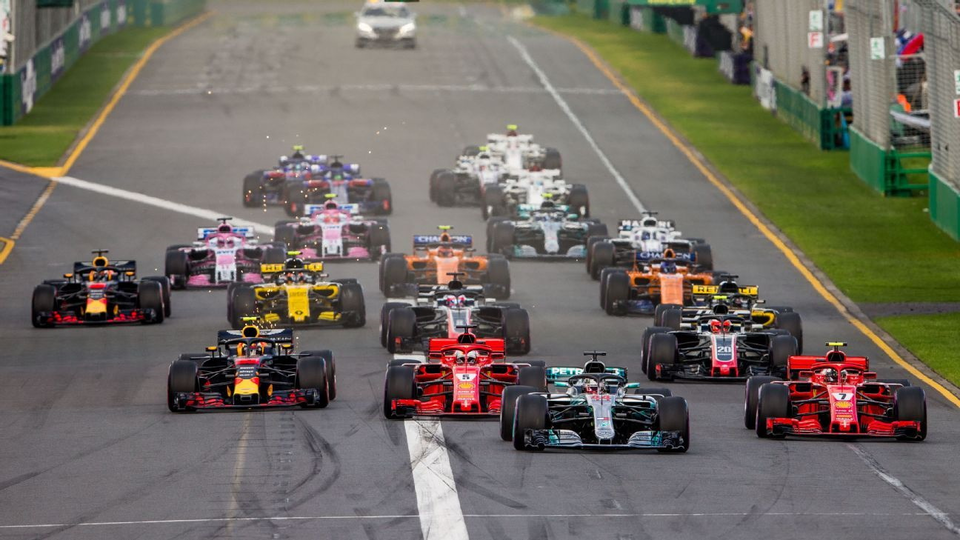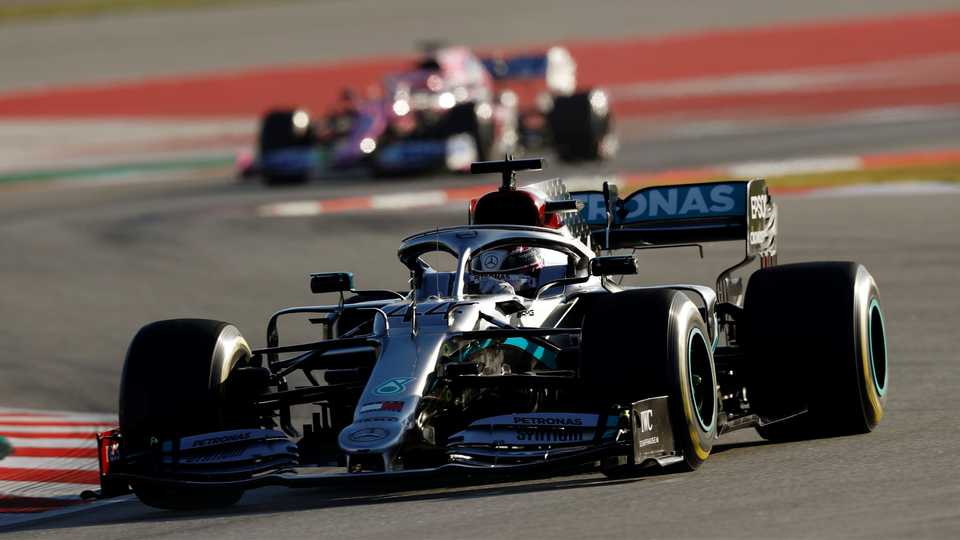Racetrack to driveway: how Formula 1 improves the car you drive
The race to get any edge in motorsport’s top tier creates a trickle-down that benefits all cars.

As you watch the cars of Formula 1 rocket around the Australian Grand Prix track in Melbourne this weekend at speeds beyond 300km/h, stop to ponder that these painstakingly engineered machines are not only at the very cutting edge of technology, but also fuel efficiency.
They punch out more than 1000 horsepower (745kW) with toe-curling acceleration – but with a hybrid (petrol-electric) engine the same size as that of a Hyundai hatchback, and fuel economy to better anything else in the world of motorsport.
“Few people know that the current F1 hybrid power unit is the most efficient in the world, delivering more power using less fuel, and hence CO2, than any other car,” says F1 CEO Chase Carey.
“We’re a platform that, in many ways, has led the automotive world from the get-go. And we now have a chance to play a leadership role in showing how the internal-combustion engine and a hybrid engine can fit into creating a better environment for everyone.”

Tech trickle-down
It’s an excellent example of the technology trickle-down from the very top end of racing to the suburban driveway, with innovations in engine turbocharging and downsizing, aerodynamics, lightweight materials, tyre technology and component wear-and-tear all coming under the scrutiny of the world’s most talented automotive thinkers.
And while you’ll undoubtedly hear more and more about the battery-powered cars of the all-electric Formula E racing series, which has drawn plenty of support from leading car companies such as Audi, BMW, Jaguar and Mercedes-Benz, it’s still F1 that feeds the most advanced research back into car showrooms.

The work done in F1 workshops, at test days and on racing weekends proves that the efficiency of the internal-combustion engine still has room for improvement in the 2020s with the use of recycling systems that capture lost energy from braking and turbocharging.
Consider that the engine in your daily driver has a thermal efficiency – the conversion of petrol into power – of less than 30 per cent, but a Formula 1 powerplant is now at 50 per cent and rising.
There are other racing categories where hybridised engines are being developed and refined – Le Mans is the obvious one, with petrol and diesel hybrids having won for Audi, Porsche and Toyota in the French sports car classic.
Green attitude
It’s not just the cars that are being greened in grand prix racing.
Formula 1 states it is committed to becoming carbon neutral by 2030 and its biggest star, six-time world champion Lewis Hamilton, has promised to make himself neutral by the end of this year despite the airline travel needed for the world championship.
Hamilton knows it’s not going to be easy but wants to set a good example, as he has already done by becoming a vegan.
“Sustainability is very important to me personally; I've become more and more aware of the environmental issues we're facing around the globe and I just want to have a positive impact and try to play my part in it," he says.
Long-time race rival and four-time champion Sebastian Vettel agrees. “I feel F1 should do more,” he says.
Synthetic fuels are coming up fast for F1, with a commitment to 10 per cent biofuel in 2021, and major rule changes from next year will put more emphasis on reducing CO2 in everything from the cars to transportation and the crews. The Mercedes-Benz powertrain plant in Britain already takes more than half its power from rooftop solar panels.
Change where rubber hits the road
The importance of the hybrid work in F1 is reflected in showrooms, where more and more models are being offered with a petrol-electric powerplant and sales continue to expand.
The newest development is the plug-in hybrid, or PHEV, which can claim a purely battery driving range of better than 100 kilometres from an overnight charge.

These cars are a bridge to fully-electric motoring, which is still some way in the future for most people. Already Tesla is setting sales records, and Mercedes-Benz has just claimed the world’s oldest Car of the Year award from Wheels magazine with its EQC SUV. But the reality is that affordable mainstream electric cars are not here yet.
So hybrids are the go-to solution for efficiency, and playing a growing role in cities where anything without electric drive is going to be heavily penalised and eventually be banned.
Expect the ‘we race, you win’ strategy that has become a mantra for major makers in motorsport to continue to drive Formula One, and the spin-off technology to make road cars even more efficient and attractive to buyers.


25 Sep 2013
Total posts 1242
... and the GP has been cancelled.
Hi Guest, join in the discussion on Racetrack to driveway: how Formula 1 improves the car you drive